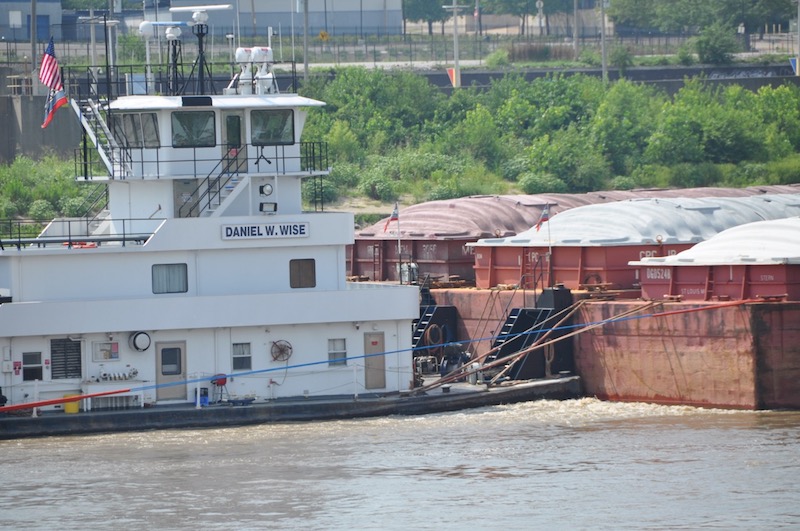Fifteen years in the making, Subchapter M, the Coast Guard’s sweeping regulations regarding previously uninspected towing vessels, has now been in effect for over a year.
Late last month, about 100 policymakers, operators, consultants and suppliers spent time hashing out just how the regs have worked and what needs to fix at a two-day conference hosted by the Maritime Institute of Technology and Graduate Studies (MITAGS) at its conference center in Baltimore.
Thomas Allegretti, president & CEO of the American Waterways Operators (AWO), kicked off the conference with a look back to the inception of Subchapter M, which he calls, “A singular milestone in marine safety.” The intent to prioritize safety of people and protection of the environment drove industry to form a unique partnership with the Coast Guard. From the beginning, the Coast Guard relied upon industry, using the AWO’s Responsible Carrier Program as a template for the new regulation. Fast forward to the present, and after a year of living with it, Allegretti sums up the new rule this way, “Subchapter M is not perfect, but Coast Guard mostly got it right. The challenge is to fix any mistakes and create a culture of safety and not a culture of compliance.”

Tom Allegretti of AWO (left) and Glen Paine of MITAGS. KRR Photo Ltd.
The acronyms and the questions started flying later as the people who actually crafted the rules put themselves on the hot seat.
Cmdr. Andrew Bender, supervisor of the Coast Guard National Center of Towing Vessel Expertise, brought news of the success of the first year of phase in and a warning. Of the 5,808 recognized towing vessels in the U.S., some 1,144 Certificates of Inspection have been issued so far. This number is very close to 25% of vessels that are required to have COIs in each fleet by the end of the first year. But, he warned, after July 2020, there will be nowhere to hide for the operators who have eluded compliance. Next year, all single vessel operators will be required to have their COI as well as 50% of any multiboat operation.
Bender was joined by Erik Johnson, National Towing Vessel Coordinator for the Coast Guard, and Lt. Scott Arbeiter, staff engineer in the Hull Division of the Coast Guard Marine Safety Center. Bender and Johnson addressed technical questions about the regs. One was why an operator from Alaska with two sisterships, receiving COIs from different Coast Guard sectors, received two different manning requirements. (Hopefully that got ironed out later). Arbeiter took on the newbuilds, asking for patience as the plan reviews (required under Sub M) of the complex systems on tugs can take time.
Perhaps the most interesting comments came from the “boots on deck” types. Jeff Brown, Baltimore’s OCMI, spoke about the vagaries of interpreting some of the rules. An auditor and a surveyor shared their notes from the field, distinguishing their roles and explaining the wide variety of misconceptions operators have about compliance. The American Bureau of Shipping (ABS) sent their Subchapter M coordinator to explain that getting buy in from the crew on the tug or towboat is critical to ensuring a culture of safety.
Grady Garrison, a third party organization (TPO) surveyor with Sabine Surveyors Ltd., travelled from Houston to attend the conference. He found it useful to be able to spend time with the Coast Guard. “I just want to get a feel for what they are seeing in the field as the process evolves.”
Everyone at the conference seems to have acknowledged that Subchapter M is here to stay and for good reason. As Allegretti reminded the group: In the 1990s, there were, on average 25-30 mariners (a year) who lost their lives on the job. Today, that number is three or four. “That means about two dozen people are home with their families who might not be. If we achieve nothing else, those people’s lives are worth it.”




